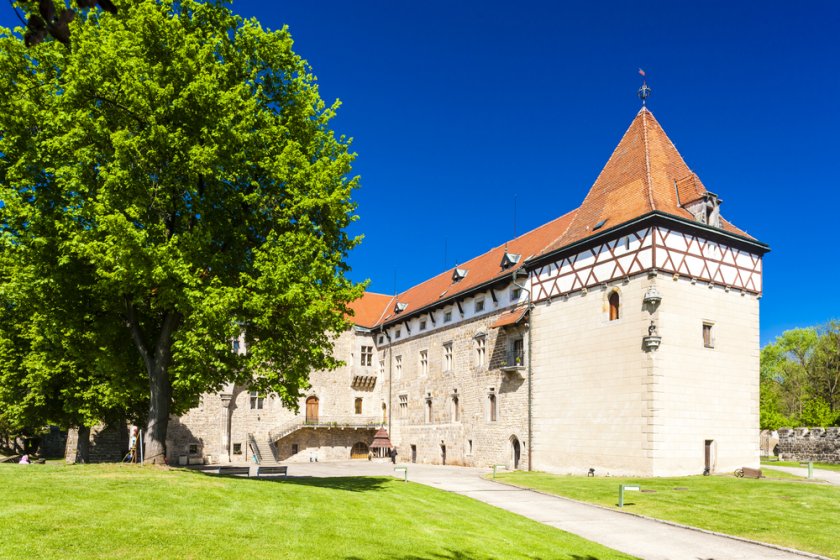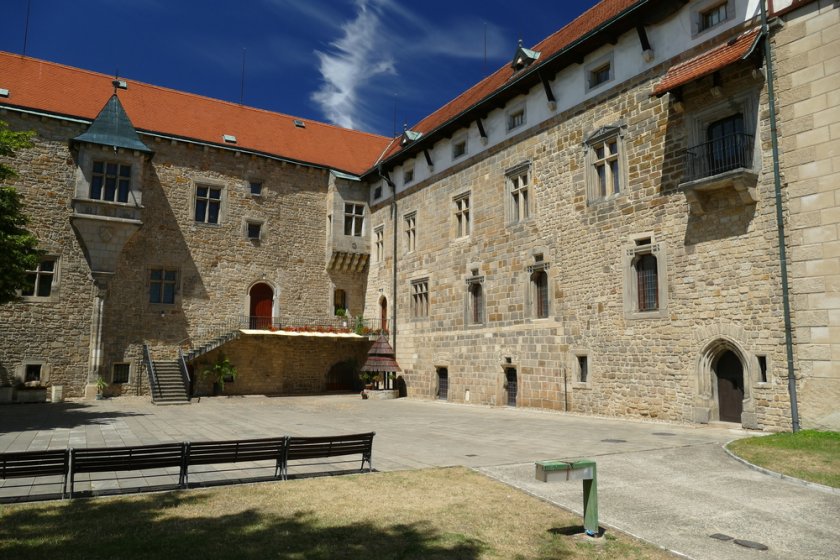Budyně nad Ohří castle
To the south of Litoměřice and to the west of Roudnice nad Labem we find the originally Gothic royal castle, which later underwent renaissance reconstruction. Already in the 12th century, a settlement with a princely court and a fortified fortress stood in these places, while their natural defense was formed by the river Ohře.
Information for visitors
Interesting facts Budyně nad Ohří castle
The first mention of a Gothic castle comes from the 13th century. It was a water castle as part of the local fortifications, which later became the property of John of Luxembourg. In the first half of the 14th century it was owned by the Zajíc family from Házmburk for the next three centuries, and during the 14th and 15th centuries the castle was rebuilt and the town fortifications were further improved, which proved especially during the Hussite wars and the reign of George of Poděbrady. they weren't too in love. As a stronghold of the Catholic side, Budyně nad Ohří Castle became the target of frequent sieges and attacks.
In 1585, the castle underwent extensive reconstruction, initiated by Jan Zbyněk Zajíc. After that, the castle acquired its Renaissance form of a magnificently equipped castle with a garden and was also decorated with sgraffito. However, the renaissance reconstruction was a bit more expensive and Jan Zbyněk got into debt because of it, and in 1614 he had to sell Budyně to Adam of Šternberk.
During the Thirty Years and Seven Years' War, the castle began to fall into disrepair and was used only by officials and the governor. It was later owned by the Dietrichstein and Herberstein families. The chateau underwent further reconstruction between 1906 and 1911.
To this day, the layout with two wings (from the original four wings) has been preserved, namely the Gothic one on the west side and the prismatic tower on the north side. Among the preserved attractions are the rooms with torture devices of the local executioner, even together with the price list for individual actions. The interiors are late Gothic and Renaissance, and there are also Renaissance murals in the Golden Hall and an alchemical workshop from the Baroque period, where alchemists tried to produce gold.
Author: Andrea Štyndlová



